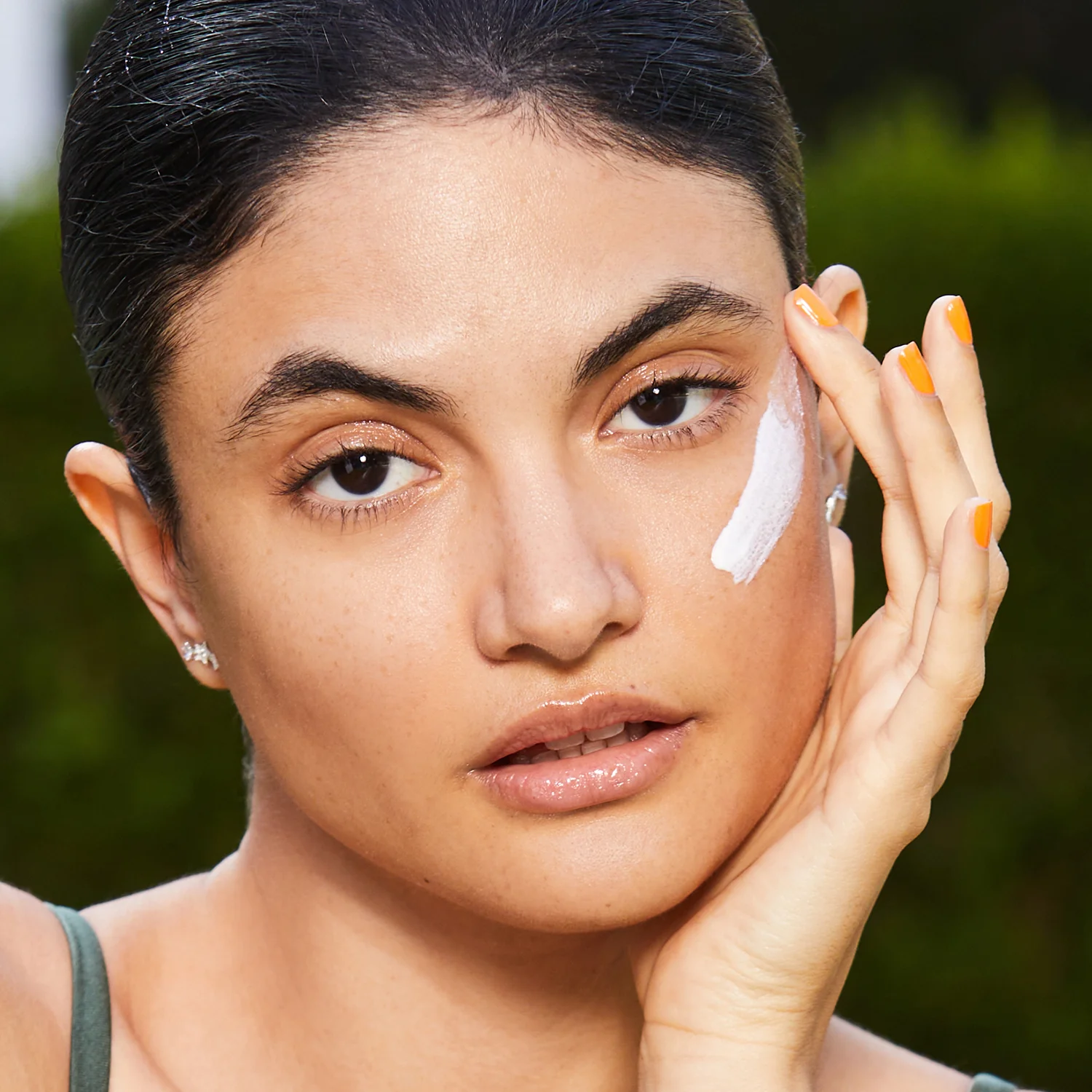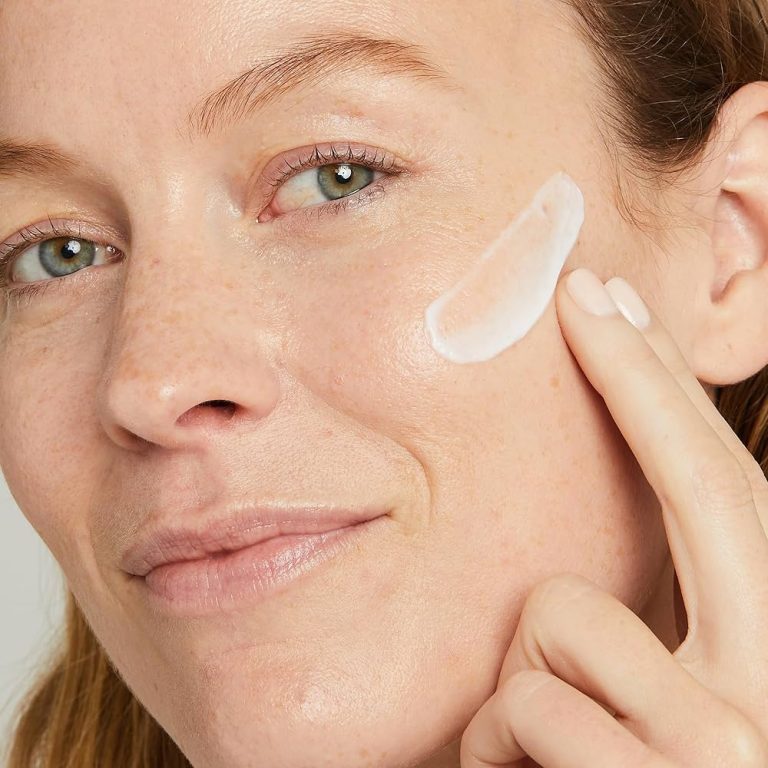
Face Brightening Cream: Unlocking Your Skin’s Radiance
Understanding Face Brightening Creams: Purpose and Benefits
Face brightening cream serve as powerful tools in the quest for radiant, even-toned skin. These specialized formulations target various skin concerns, including dullness, dark spots, and uneven pigmentation. The primary goal of brightening creams is to enhance skin luminosity and promote a more uniform complexion. Unlike harsh bleaching agents, modern brightening creams work by inhibiting melanin production, exfoliating dead skin cells, and boosting cell turnover. This multi-faceted approach leads to gradual, natural-looking results. Benefits of using face brightening creams extend beyond mere aesthetics. Many formulations incorporate antioxidants, which protect the skin from environmental damage.
Additionally, these creams often improve overall skin texture, making it smoother and more supple. For individuals struggling with post-acne marks or sun damage, brightening creams offer a non-invasive solution. Regular use can help fade existing discoloration while preventing the formation of new dark spots. Furthermore, many users report increased confidence as their skin tone becomes more balanced. It’s important to note that brightening creams work best as part of a comprehensive skincare routine. Consistency in application, coupled with sun protection, yields optimal results. While immediate effects may be subtle, long-term use often leads to significant improvements in skin clarity and radiance.

Key Ingredients in Effective Face Brightening Creams
The efficacy of face brightening cream largely depends on their ingredient composition. Several key components play crucial roles in achieving a brighter, more even complexion. Vitamin C stands out as a powerhouse ingredient, known for its ability to inhibit melanin production and provide antioxidant protection. Niacinamide, a form of vitamin B3, helps reduce the appearance of dark spots and improve overall skin tone. Kojic acid, derived from certain types of fungi, effectively lightens hyperpigmentation.
Alpha-arbutin, a safer alternative to hydroquinone, inhibits tyrosinase, an enzyme involved in melanin production. Licorice extract contains glabridin, which has skin-lightening properties and anti-inflammatory benefits. Glycolic acid and other alpha-hydroxy acids (AHAs) exfoliate the skin’s surface, promoting cell turnover and revealing brighter skin underneath. Some formulations include retinoids, which accelerate cell renewal and have been shown to improve skin tone over time.
Natural ingredients like bearberry extract and mulberry extract also offer skin-brightening benefits. Peptides, such as oligopeptide-68, can help regulate melanin production and promote a more even skin tone. Antioxidants like green tea extract and resveratrol protect the skin from free radical damage, preventing further discoloration. The combination of these ingredients in varying concentrations allows for customized approaches to skin brightening, catering to different skin types and concerns.
How Face Brightening Creams Work on Different Skin Types
Face brightening creams interact differently with various skin types, necessitating a tailored approach for optimal results. For oily skin, lightweight, non-comedogenic formulations work best. These creams often contain ingredients like niacinamide, which regulates sebum production while brightening the skin. Individuals with dry skin benefit from brightening creams that incorporate hydrating ingredients such as hyaluronic acid or glycerin. These components ensure the skin remains moisturized while addressing pigmentation concerns.
Sensitive skin requires gentle formulations, often featuring natural brightening agents like licorice extract or vitamin C derivatives. Combination skin types may benefit from multi-tasking brightening creams that balance oil control in the T-zone with hydration for drier areas. For mature skin, brightening creams with added anti-aging ingredients like retinol or peptides offer dual benefits. Those with acne-prone skin should look for non-comedogenic brightening creams that also contain salicylic acid or tea tree oil to combat breakouts.
Darker skin tones require careful selection of brightening creams to avoid over-lightening or irritation. Lighter skin tones may see quicker results but should be cautious of sun sensitivity. Regardless of skin type, patch testing new brightening creams is crucial to avoid adverse reactions. Understanding your skin type and its specific needs ensures the selection of a face brightening cream that delivers optimal results without compromising skin health.

Application Techniques for Maximum Efficacy
Proper application of face brightening creams significantly impacts their effectiveness. Start with thoroughly cleansed and toned skin to ensure optimal absorption of the brightening ingredients. Apply the cream using gentle, upward motions, avoiding the delicate eye area unless the product is specifically formulated for that region. For targeted treatment of dark spots or patches, some experts recommend spot application before applying the cream all over the face. This technique concentrates the brightening agents where they’re needed most.
The amount of cream used should be sufficient to cover the face and neck without leaving a heavy residue. Generally, a pea-sized amount suffices for the entire face. For daytime use, always follow the brightening cream with a broad-spectrum sunscreen to protect the skin from UV damage, which can counteract the cream’s effects. Some brightening creams are designed for nighttime use, allowing the active ingredients to work while the skin undergoes its natural repair process during sleep.
When incorporating a brightening cream into an existing skincare routine, introduce it gradually to allow the skin to adjust. Start by using it every other night, then increase frequency as tolerated. Consistency is key – regular application over several weeks or months yields the best results. Pay attention to how your skin responds and adjust usage accordingly. Some individuals may benefit from alternating brightening creams with other treatments to maintain skin balance and prevent over-exfoliation.
Potential Side Effects and Precautions
While face brightening creams offer numerous benefits, users should be aware of potential side effects and take necessary precautions. Some individuals may experience mild irritation, redness, or dryness when first using these products. These reactions often subside as the skin adjusts to the active ingredients. However, persistent irritation warrants discontinuation and consultation with a dermatologist. Certain brightening ingredients, particularly acids and retinoids, can increase skin sensitivity to sunlight.
Therefore, diligent use of broad-spectrum sunscreen becomes crucial when using these products. Over-use of brightening creams can sometimes lead to over-lightening of the skin, resulting in an unnatural appearance. To avoid this, follow product instructions carefully and consider taking periodic breaks from usage. Some people may develop contact dermatitis or allergic reactions to specific ingredients. Patch testing new products on a small area of skin helps identify potential sensitivities.
Pregnant or breastfeeding individuals should consult healthcare providers before using brightening creams, as certain ingredients may not be suitable. Those with existing skin conditions like eczema or rosacea should exercise caution and seek professional advice before incorporating brightening creams into their routines. It’s important to note that results from brightening creams are generally gradual and subtle. Unrealistic expectations can lead to overuse or disappointment. Patience and consistent use yield the best outcomes. Lastly, be wary of products promising instant or dramatic results, as these may contain harmful or illegal ingredients like high concentrations of hydroquinone.

Combining Face Brightening Creams with Other Skincare Products
Integrating face brightening creams into a comprehensive skincare routine enhances their effectiveness. However, careful consideration of product combinations is essential. Cleansers with mild exfoliating properties can prepare the skin for better absorption of brightening creams. Toners help balance the skin’s pH and can contain complementary brightening ingredients like alpha-hydroxy acids. When using serums, apply them before the brightening cream to allow deeper penetration of active ingredients. Hyaluronic acid serums, in particular, work well with brightening creams, providing hydration without interfering with brightening effects.
For daytime routines, always follow brightening creams with a broad-spectrum sunscreen. Some formulations combine brightening agents with SPF for convenience. At night, brightening creams can be used in conjunction with other treatment products like retinoids, but it’s important to introduce these combinations gradually to avoid irritation. Moisturizers can be applied over brightening creams if additional hydration is needed, especially for those with dry skin.
However, allow the brightening cream to absorb fully before applying other products. Certain ingredients work synergistically with brightening agents. For example, vitamin E enhances the efficacy of vitamin C in many formulations. Be cautious when combining multiple products containing active ingredients like acids or retinoids, as this can lead to over-exfoliation. When introducing new products alongside brightening creams, do so one at a time to identify the source of any potential reactions.
Natural vs. Chemical Brightening Agents: Pros and Cons
The debate between natural and chemical brightening agents in face creams continues to evolve. Natural brightening agents, derived from plants and other organic sources, appeal to those seeking gentler, more holistic skincare options. Ingredients like licorice extract, kojic acid, and mulberry extract offer brightening benefits with potentially fewer side effects. These natural options often come with additional skincare benefits, such as antioxidant properties.
However, natural doesn’t always mean mild – some plant-based ingredients can cause irritation in sensitive skin. On the other hand, chemical brightening agents, such as hydroquinone and certain acids, have a longer track record of efficacy in treating hyperpigmentation. These ingredients often produce more rapid and noticeable results. However, they may come with a higher risk of side effects, especially when used improperly.
Some chemical agents, like hydroquinone, face regulatory restrictions due to safety concerns with long-term use. The concentration of active ingredients typically differs between natural and chemical formulations, with chemical options often being more potent. Natural brightening creams may require longer use to achieve visible results but generally offer a lower risk of skin damage. Ultimately, the choice between natural and chemical brightening agents depends on individual skin type, concerns, and personal preferences. Many modern formulations combine both natural and chemical ingredients to balance efficacy and gentleness.

The Role of Diet and Lifestyle in Skin Brightening
While face brightening creams play a significant role in achieving a radiant complexion, diet and lifestyle factors greatly influence skin health and appearance. A balanced diet rich in antioxidants supports overall skin brightness. Foods high in vitamin C, such as citrus fruits and bell peppers, aid in collagen production and natural skin brightening. Omega-3 fatty acids, found in fish and flaxseeds, help maintain skin hydration and reduce inflammation. Adequate hydration is crucial for maintaining skin clarity and promoting the elimination of toxins.
Aim for at least eight glasses of water daily to keep the skin plump and radiant. Regular exercise increases blood circulation, bringing more oxygen and nutrients to the skin cells. This natural boost can enhance skin’s glow from within. Stress management techniques like meditation or yoga can help reduce cortisol levels, which, when elevated, can lead to skin dullness and breakouts. Sufficient sleep allows the skin to undergo its natural repair and regeneration processes, crucial for maintaining a bright complexion.
Limiting alcohol and tobacco use can significantly improve skin tone and texture over time. Sun protection remains paramount in any skin brightening regimen. Regular use of broad-spectrum sunscreen prevents new dark spots from forming and protects the results achieved through brightening creams. Additionally, certain supplements like vitamin E and polypodium leucotomos extract may offer skin-brightening benefits when taken orally. However, consult a healthcare professional before starting any new supplement regimen.
Understanding the Science of Skin Pigmentation
To fully appreciate the function of face brightening creams, it’s essential to understand the science behind skin pigmentation. Melanin, the pigment responsible for skin color, is produced by cells called melanocytes. These cells reside in the basal layer of the epidermis. The process of melanin production, known as melanogenesis, is influenced by various factors including genetics, sun exposure, and hormonal changes. UV radiation stimulates melanocytes to produce more melanin as a protective mechanism against sun damage.
This explains why sun exposure often leads to darker skin or the formation of sunspots. Hyperpigmentation occurs when melanin is overproduced in certain areas, leading to dark spots or patches. This can result from post-inflammatory hyperpigmentation (such as after acne), melasma (often hormone-related), or sun damage. Face brightening creams work by interfering with different stages of the melanin production process.
Some ingredients inhibit tyrosinase, an enzyme crucial for melanin synthesis. Others work by preventing the transfer of melanin to surrounding skin cells or by increasing cell turnover to remove pigmented cells more quickly. Understanding this process helps in selecting brightening creams with the most effective ingredients for specific pigmentation concerns. It also explains why consistent use and sun protection are crucial for maintaining results. The complexity of melanin production also highlights why some pigmentation issues are more challenging to treat than others.
The Future of Face Brightening Technology
The field of face brightening creams continues to evolve, with ongoing research leading to innovative formulations and technologies. Recent advancements focus on more targeted approaches to skin brightening, addressing specific types of hyperpigmentation with precision. Encapsulation technology, which allows for controlled release of active ingredients, shows promise in enhancing the efficacy of brightening agents while minimizing irritation. Some researchers are exploring the potential of stem cell technology in skin brightening, aiming to rejuvenate and brighten the skin at a cellular level.
Customizable brightening solutions, tailored to individual skin types and concerns through AI analysis, may become more prevalent in the near future. The development of more stable and potent forms of vitamin C and other antioxidants continues to improve the effectiveness of brightening formulations. There’s also growing interest in the skin microbiome and its role in pigmentation, leading to probiotic-infused brightening creams.
Sustainability in skincare is driving research into eco-friendly brightening ingredients and packaging solutions. Gene therapy and epigenetic approaches to skin brightening represent cutting-edge areas of study, though these technologies are still in early stages. As consumer awareness grows, there’s a trend towards multi-functional brightening products that offer additional benefits like anti-aging or pollution protection. The integration of wearable tech and skincare may soon allow for real-time monitoring of skin brightness and personalized treatment recommendations.

